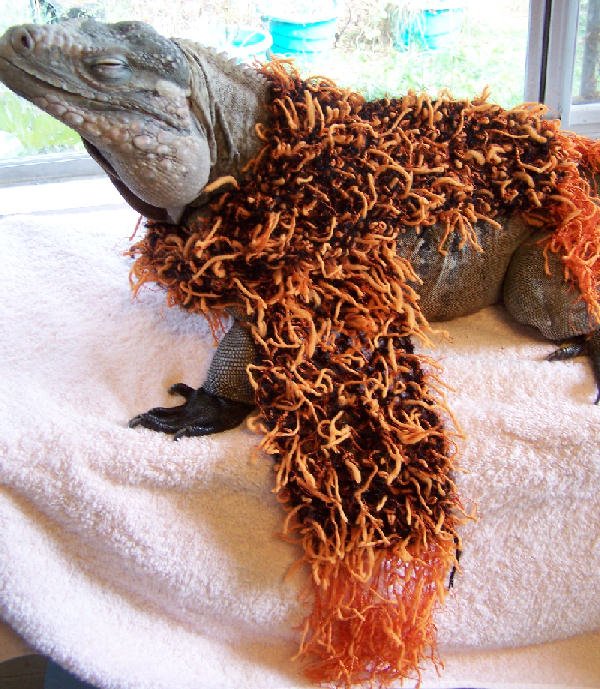

MethodsĪ meta-analysis was carried out with the aim to review the global prevalence of parasite transmission in non-biting flies. In the present study, we performed a systematic overview of the different species of parasites carried by non-biting flies, as well as of isolation methods, different geographical distribution, seasonality and risk assessment.


Mango worms can travel to other locations via clothing.They can typically be found throughout tropical areas of sub-Saharan Africa. These parasites live in warm, humid conditions. If they reach soil again, they can bury themselves and pupate until they enter their final life stage: an adult mango fly. The wound will get itchy and painful before the larvae eventually hatch by breaking through the skin. After about 8 to 12 days, boils will form. When there’s an opportunity, the larvae of the mango fly (or African tumbu fly) implant themselves into a host (in less than 25 seconds) where they then start to develop (grow and fatten). After 9 to 15 days the hatched larvae need to find a host. An adult female mango fly can lay between 100 to 300 eggs in soil (usually contaminated with faeces or urine) or on damp material (clothing or bedding).


 0 kommentar(er)
0 kommentar(er)
